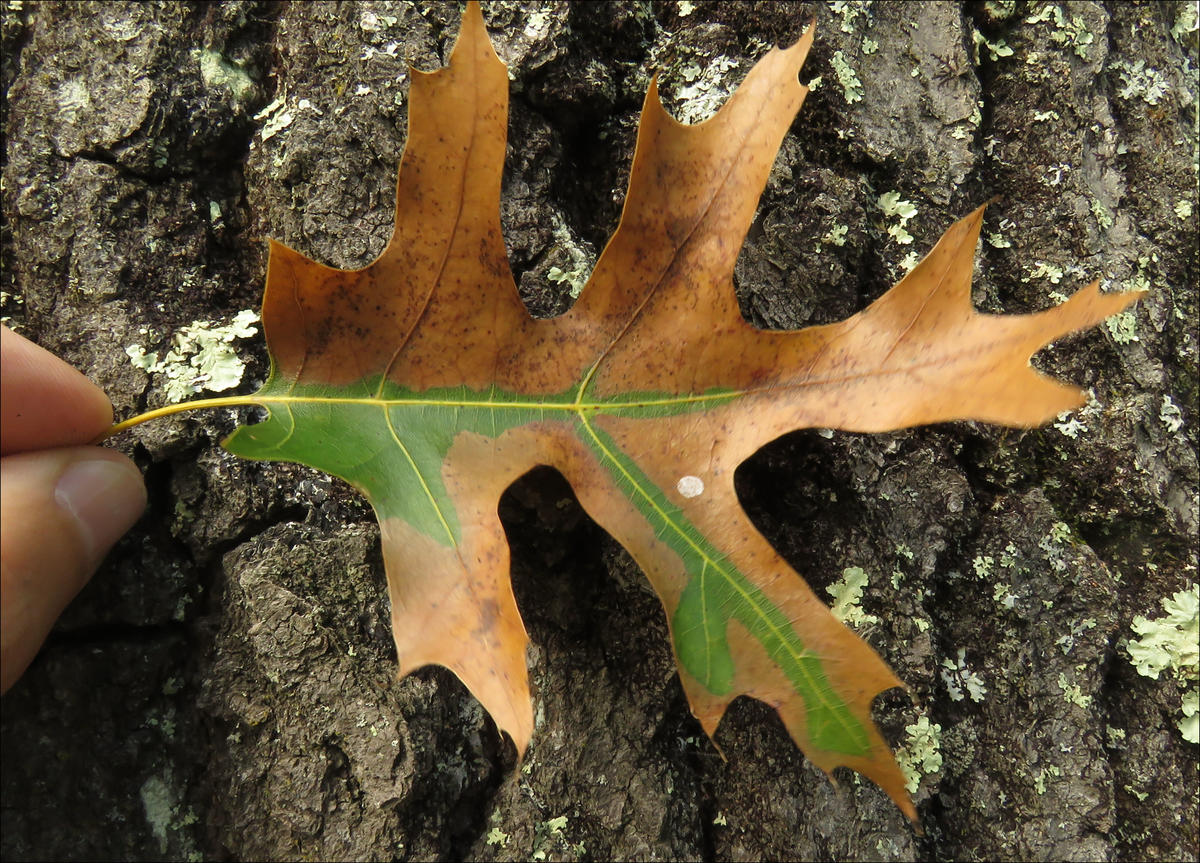Overview
We monitored the effectiveness of root-severing trenching using a vibratory plow to control oak wilt in forested settings on 116 sites in Menominee and Dickinson Counties in the Upper Peninsula of Michigan. We found an approximately 97% success rate using a vibratory plow in forested settings. This case study documents monitoring results from the last three years of a 15-year project.
Silviculture Objective(s)
The objective was to control oak wilt using root-severing trenching treatments on a large number of forested sites. This is the generally accepted method to control new oak wilt infection centers in forested settings across the region.
Pre-treatment stand description and condition
Stand establishment and management history:
Pre-treatment conditions varied by site. Oak wilt doesn’t differentiate between healthy and stressed trees, and we have no indication that oak wilt infestation behavior was influenced by stand age or management history.
Pre-treatment forest health issues:
Oak wilt was established in all treatment areas, and these treatments were implemented to contain those epicenters and control oak wilt spread. Red oaks are very susceptible to oak wilt, dying in a matter of weeks following an infection, while white oaks are less susceptible and take a year or more to die.
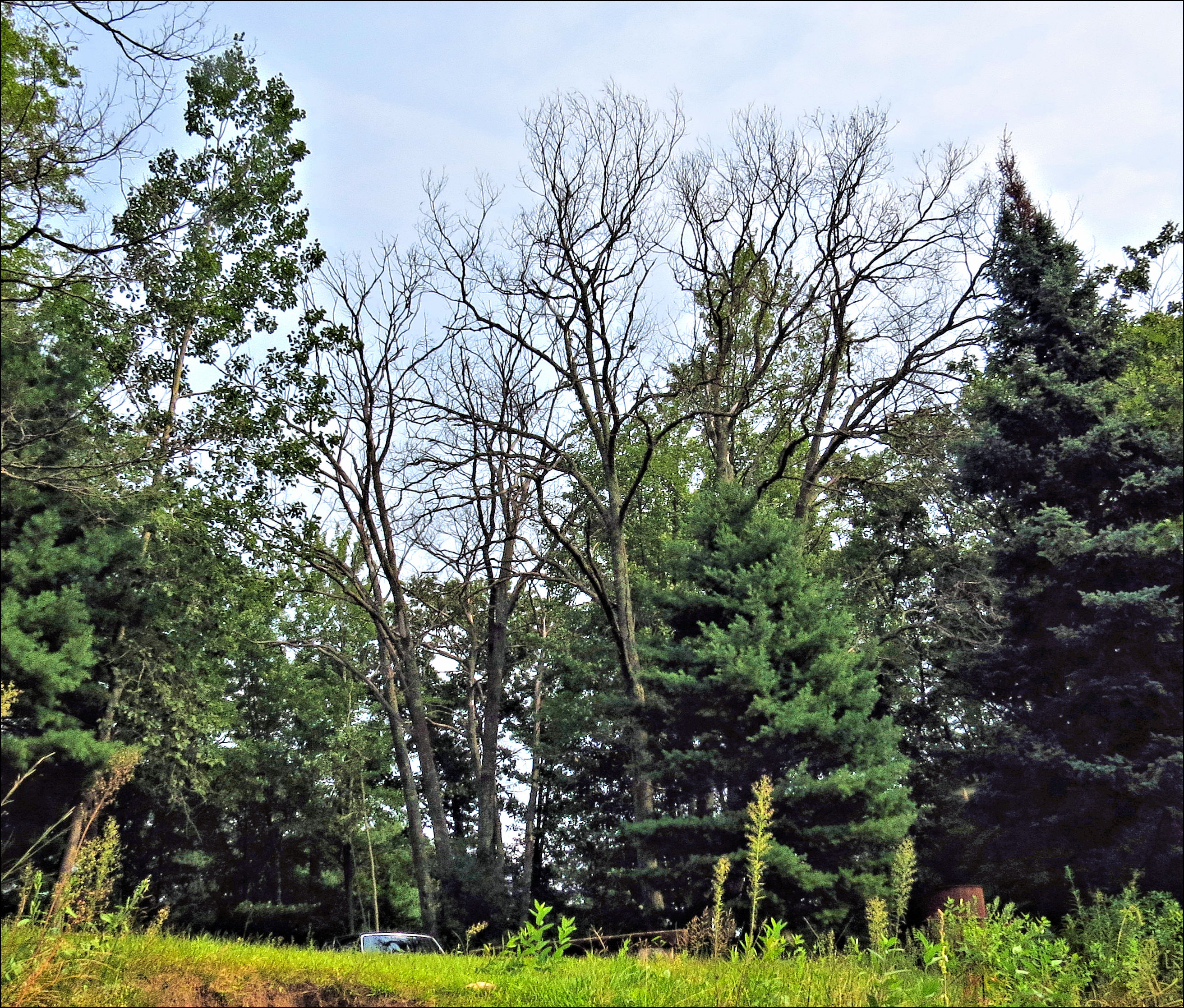
Figure 1: An epicenter of oak wilt, leading to a pocket of oak mortality. Photo credit to Bill Cook.
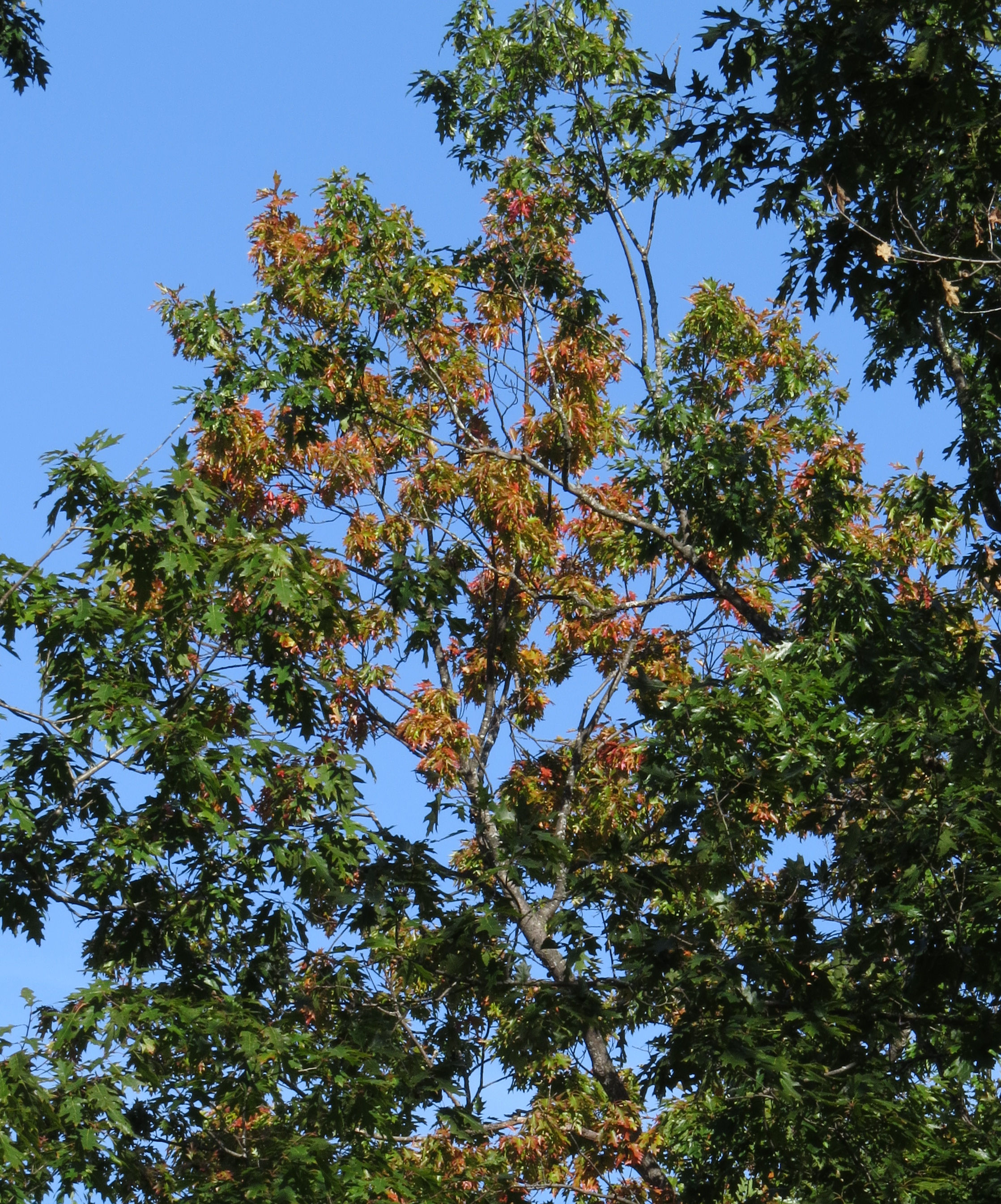
Figure 2: Oak wilt symptoms within the crown of a red oak. Photo credit to Bill Cook.
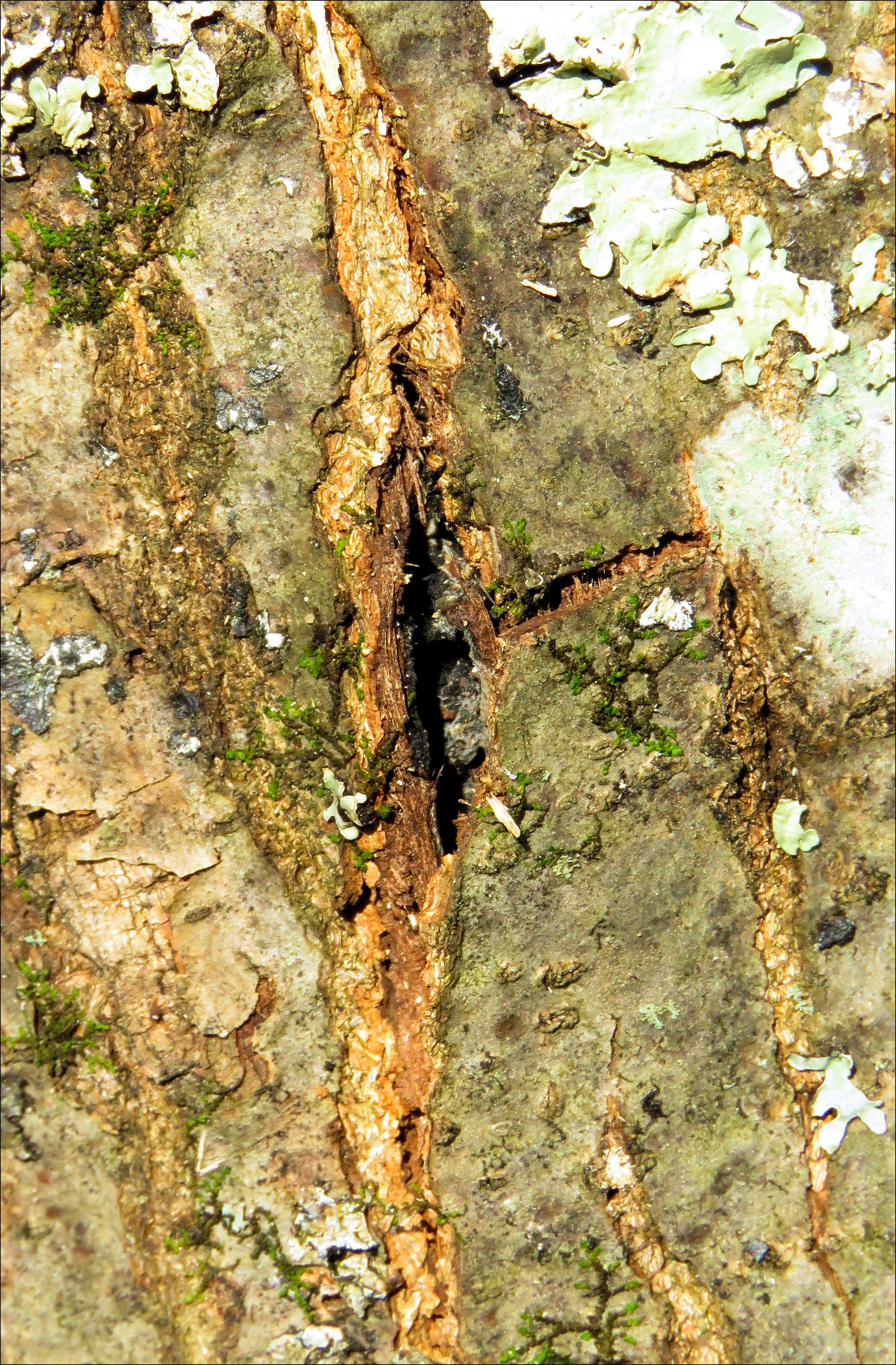
Figure 3: A crack in the red oak bark caused by a pressure pad. This can attract sap beetles and lead to the overland spread of the oak wilt pathogen. Photo credit Bill Cook.
Silviculture Prescription
New oak wilt infection centers can spread radially through root grafts in red oak. Root severing trenching treatments are a common and effective method to contain this underground spread from tree to tree. Our prescription was to sever roots down to five feet below ground all the way around known infection centers. We used a standard vibratory plow designed to cut a single 5-foot deep trench around the oak wilt epicenters, ultimately creating over 82,400 feet of trenches.
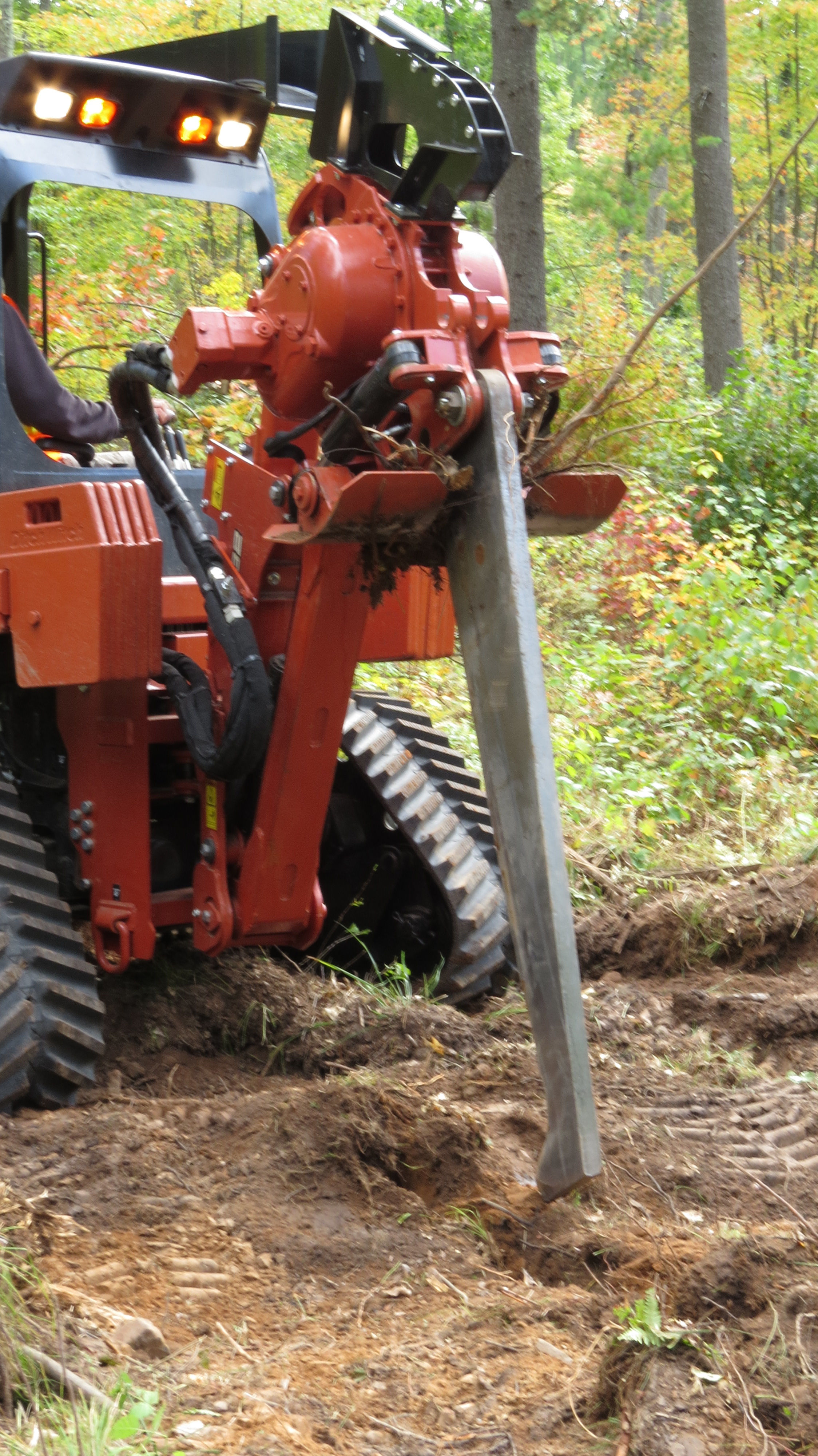
Figure 4: Detail of the vibratory plow blade. Photo credit to Bill Cook.
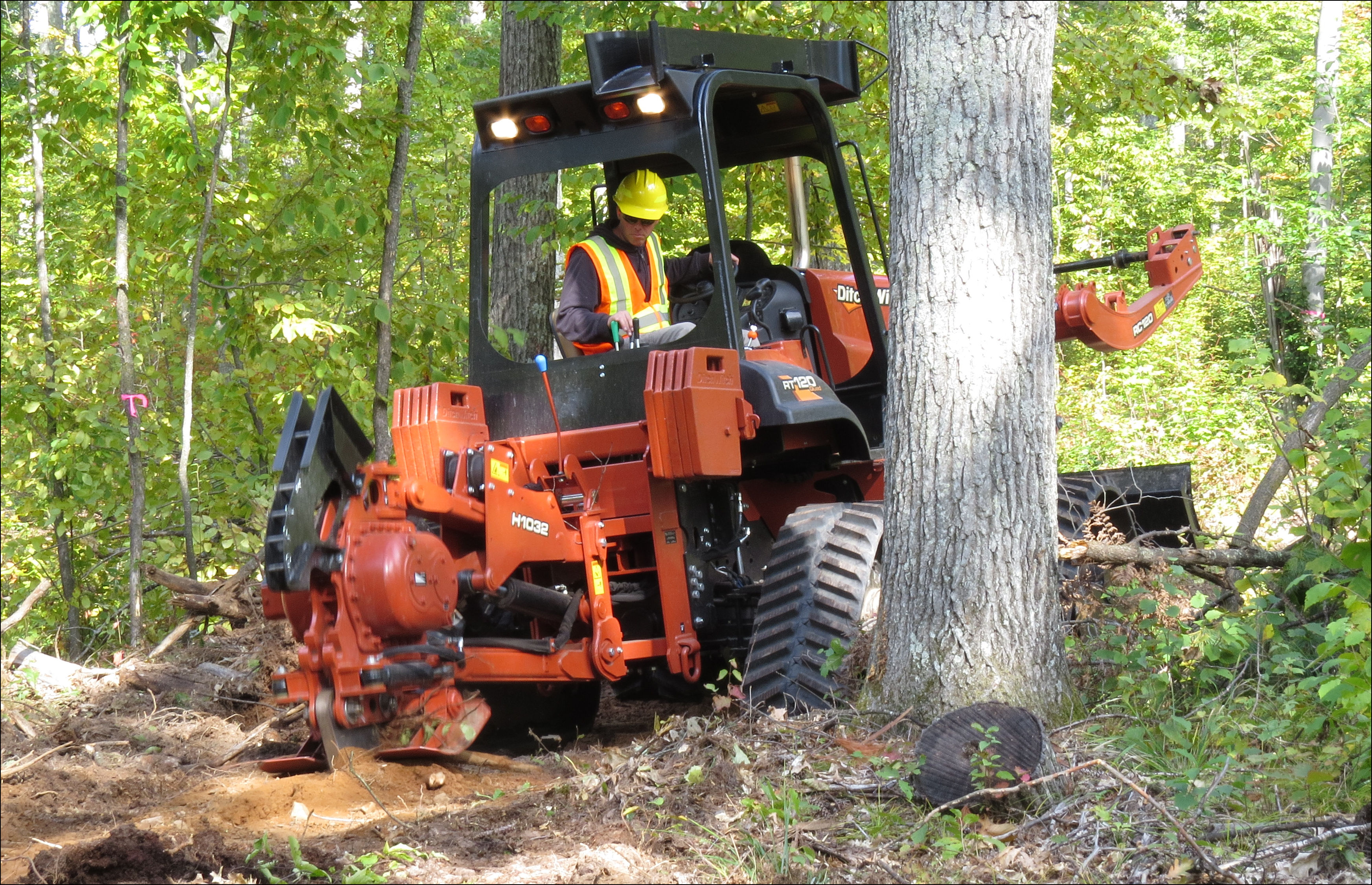
Figure 5: The vibratory plow in action, severing roots to prevent the spread of the oak wilt pathogen between root systems. Photo credit Bill Cook.
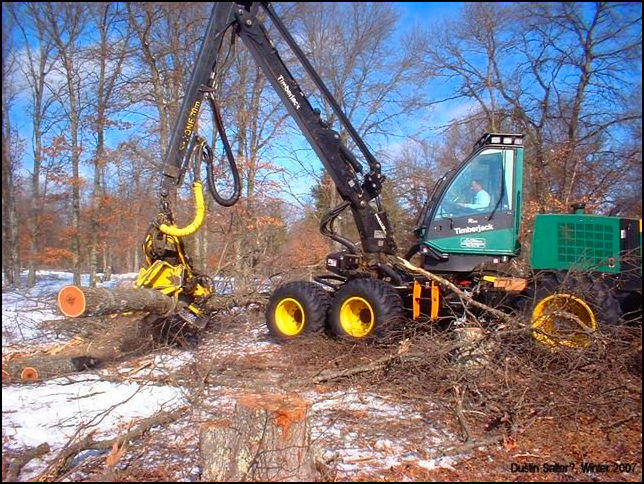
Figure 6: Harvesting operations in a red oak stand. If a healthy oak is too close to an infected oak then the trenching line should be beyond the healthy oak which should subsequently be removed. Photo credit Bill Cook.
Table 1 shows the minimum distance between infected and healthy oak trees. The soil type as well as the sum of the diameters at breast height of the infected and healthy oaks dictate the distance from an infected oak beyond which the trench must be placed. For example, for two oak trees with 10" DBH, one of which is healthy and the other showing signs or symptoms of oak wilt, they should be at least 51 feet apart on a sandy soil or 41 feet apart on a loam. If the distance between trees exceeds this threshold, the healthy tree can remain, with a new trench placed between the trees. This is the minimum distance required for the healthy oak tree to remain; if they are closer than this distance then the healthy oak tree is to be removed and the trench should be placed beyond the healthy tree. Table 1 was taken from the Michigan State University Extension publication Oak Wilt in Michigan's Forest Resource, a link to which is in the supplemental content section. Table 1 is adapted from Table 2 (p. 5) of that publication.
Table 1: minimum distance between infected and healthy oaks based on soil type and sum of their DBH
| DBH Sum | Distance between trees (feet): sand | Distance between trees (feet): loam |
| 2 | 5 | 4 |
| 4 | 10 | 8 |
| 6 | 15 | 12 |
| 8 | 20 | 16 |
| 10 | 26 | 20 |
| 12 | 31 | 24 |
| 14 | 36 | 29 |
| 16 | 41 | 33 |
| 18 | 46 | 37 |
| 20 | 51 | 41 |
| 22 | 56 | 45 |
| 24 | 61 | 49 |
| 26 | 66 | 53 |
| 28 | 72 | 57 |
| 30 | 77 | 61 |
| 32 | 82 | 65 |
| 34 | 87 | 69 |
| 36 | 92 | 73 |
| 38 | 97 | 77 |
| 40 | 102 | 81 |
| 42 | 107 | 85 |
| 44 | 112 | 89 |
| 46 | 117 | 94 |
| 48 | 123 | 98 |
What actually happened during the treatment
We implemented root-severing trenching treatments on 116 sites on State lands in Menominee County, MI between 2014 and 2016. This is a well-established treatment designed to sever roots and limit underground transmission of the fungal oak wilt pathogen Bretziella fagacearum (formerly of the genus Ceratocystis) through root grafts with adjacent trees.
Post-treatment assessment
Monitoring in 2018 suggests that the treatment successfully contained the oak wilt epicenter on all but four of 116 treated sites. It is unknown if the treatment truly failed on the other four sites or if oak wilt may have spread there via overland transmission.
Plans for future treatments
Monitoring will continue through 2019.
Other notes
Figure 3 shows a bark crack caused by a pressure pad. These pressure pads located just under the bark burst open the bark and the distinctive aroma attracts sap feeding beetles. The fungal spores can be spread overland through these sap feeding beetles but there are multiple conditions that must be met for these beetles to act as a vector: fungal mats must be present; the season timing must be right; and beetles must be present. Overland spread is more common on wounded trees, which attract sap feeding beetles. Most infection occurs in May and June. It is advisable to avoid wounding an oak tree between April 15 and July 15; diseased oaks should be removed in the winter.
These data support the common view that root-severing trenching can be an effective method to control underground spread of oak wilt, if topography and other factors make the equipment use feasible.
This case study was first described in the October 2018 issue of Great Lakes Timber Professionals Association Magazine.
This case study was developed with support from the United States Department of Agriculture's National Institute for Food and Agriculture (USDA-NIFA), Renewable Resources Extension Act (RREA). Project #MIN-44-E02, principal investigator Eli Sagor, University of Minnesota.
Citation for the oak wilt bulletin:
Cook, B. (2012). Oak Wilt in Michigan's Forest Resource (Publication No. E-3169). Michigan State University Extension. Retrieved May 3, 2019: https://www.canr.msu.edu/uploads/resources/pdfs/oak_wilt_in_michigans_fo...(e3169).pdf
Summary / lessons learned / additional thoughts
Controlling the underground transmission of B. fagacearum is the most efficient way to limit its spread. Monitoring from these control sites suggests that root trenching can be an effective method to control underground spread of oak wilt in forested settings.
Supplemental Content
Oak Wilt in Michigan's Forest Resource
Submitted by
Bill Cook
Lane Moser
Lane got his passion for silviculture over the course of achieving his B.S. and M.S. in forestry from the University of Minnesota. He has worked at the Sustainable Forests Education Cooperative since early 2022. Lane is also currently pursuing a PhD at the University of Minnesota; his specialization and research interests include both silviculture and soil health and structure, particularly as they relate to the aspen cover type.
